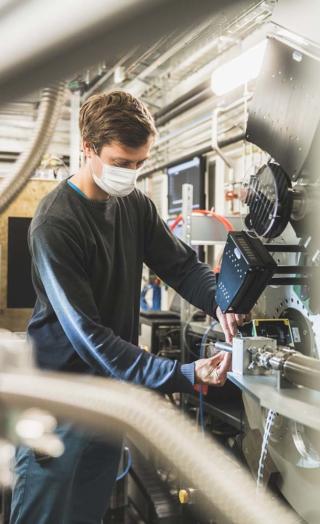The story of the bees is stuck with me now… While doing my PhD at the Norwegian University of Science and Technology, I was a finalist in a national science dissemination competition and I had to explain my research in an easy way: the bees provided me with a great example. I study ferroelectric materials and if you squeeze them, they send an electric charge. Equally, when you apply an electric charge, they react. So, in one way they work like a muscle. The idea of the bees is that they are necessary for pollination, but their use in industrial farming, coupled with pesticides, has made their population decrease dramatically throughout the years. With ferroelectric materials, we could hypothetically create mini bee robots and we could use swarms of them to pollinate crops. This is still a very distant application, but it shows one of countless functionalities of the systems I study.
These systems, like ion conductors, battery materials and more, can be challenging to characterise, as they have some degree of order and disorder, with the latter being crucial to the properties. During my time as a post-doctoral researcher I want to benefit from the new Extremely Brilliant Source to investigate how advanced diffraction techniques can help us characterise these materials, explore new techniques and even combine these with neutron techniques.

